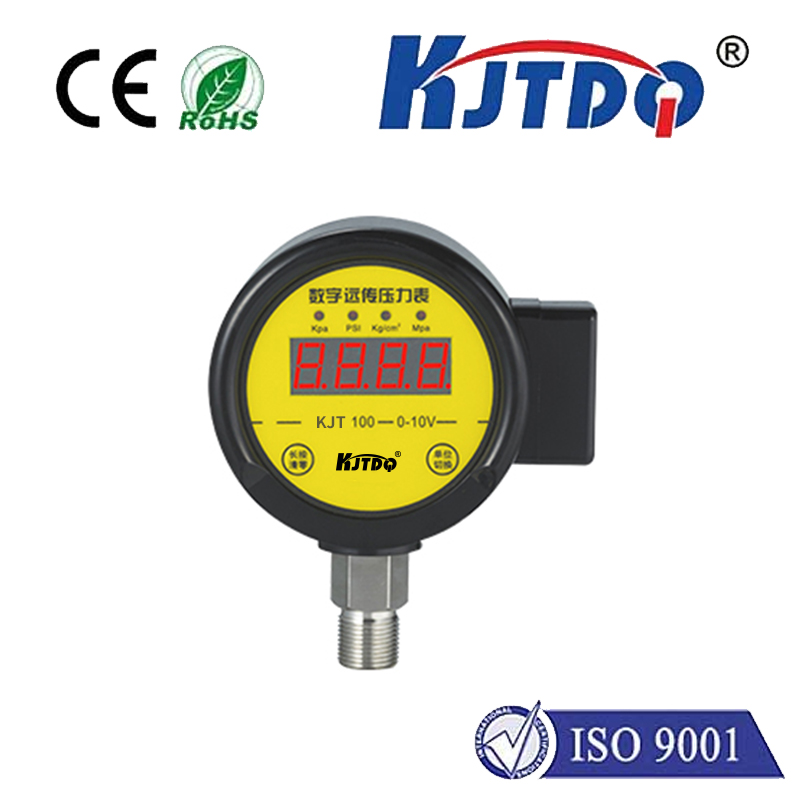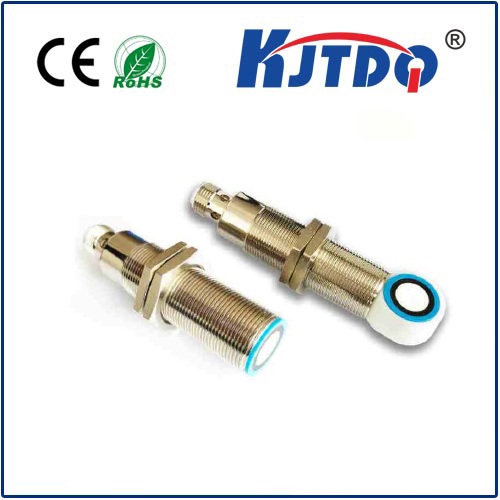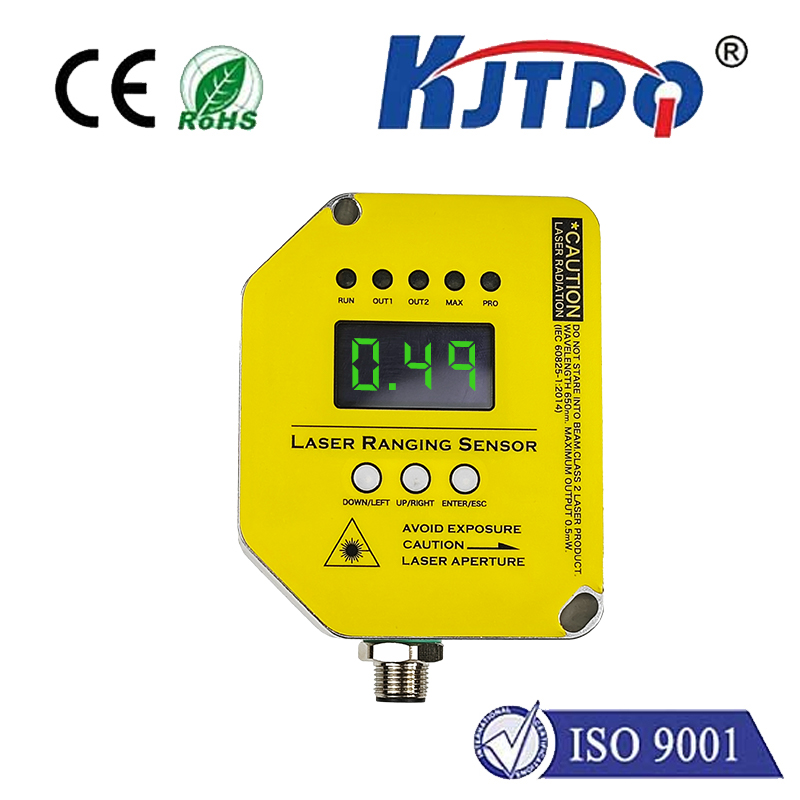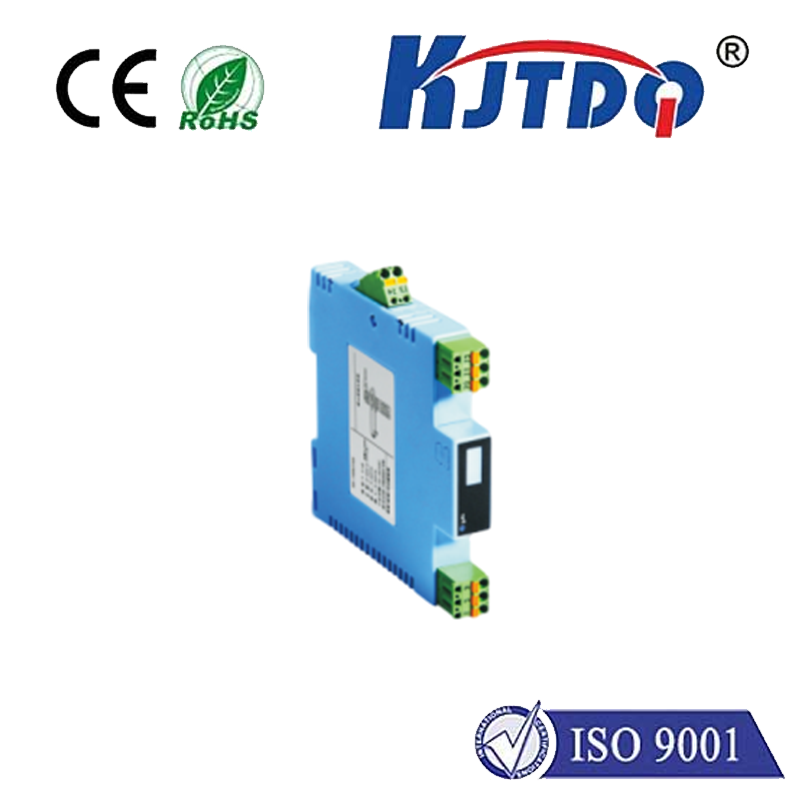Title: Analog Signal Detector: An Introduction to Magnetic Resonance Switches
In today's world, technology has made it possible to measure and monitor various physical parameters in real-time. One such parameter is the analog signal, which can be detected using specialized sensors or devices known as proximity detectors. Among these, one of the most widely used types is the analog signal detector, also known as a magnetic resonance switch (MRS). In this article, we will provide an overview of how an analog signal detector works and its applications in different industries.
What is an Analog Signal Detector?
A proximity detector is a device that detects the presence or absence of an object or entity based on its electromagnetic field. The most common type of proximity detector is the inductive proximity sensor, which uses a coil to generate an alternating current (AC) voltage proportional to the distance between the coil and the target object. This voltage can be measured by an analog-to-digital converter (ADC) to produce an analog signal that represents the distance between the coil and the target.
Analog Signal Detector Working Principles
The working principle of an analog signal detector involves three main components: the coil, the amplifier, and the analog-to-digital converter (ADC). The coil generates an alternating current (AC) voltage that varies with the distance between it and the target object. The amplifier amplifies the voltage from the coil to a level that can be easily read by an ADC. Finally, the ADC converts the amplified voltage into an analog signal that represents the distance between the coil and the target.
Analog Signal Detector Applications
Analog signal detectors are widely used in various industries for detecting changes in temperature, pressure, flow rate, level, and other physical parameters. Some of the common applications include:
1. Industrial Automation: Analog signal detectors are used in industrial automation systems to monitor process variables such as temperature, pressure, level, and flow rate. They help optimize processes by providing real-time data on equipment performance and enabling predictive maintenance.
2. Medical Devices: Analog signal detectors are used in medical devices such as blood pressure monitors, heart rate monitors, and insulin pumps to measure physiological signals such as blood pressure, heart rate, and insulin levels. They provide accurate and reliable data for diagnosis and treatment purposes.
3. Electronics Testing: Analog signal detectors are used in electronic testing equipment such as oscilloscopes, spectrum analyzers, and audio generators to measure analog signals such as waveforms, frequencies, and amplitudes. They help engineers verify the functionality of electronic circuits and components.
Conclusion
Analog signal detectors are essential tools for measuring and monitoring various physical parameters in different industries. By understanding their working principles and applications, engineers can select the right type of detector for their needs and ensure accurate data collection and analysis. As technology continues to advance, we can expect more sophisticated analog signal detectors with improved accuracy and reliability to emerge in the future.









